History of the invention of the clock
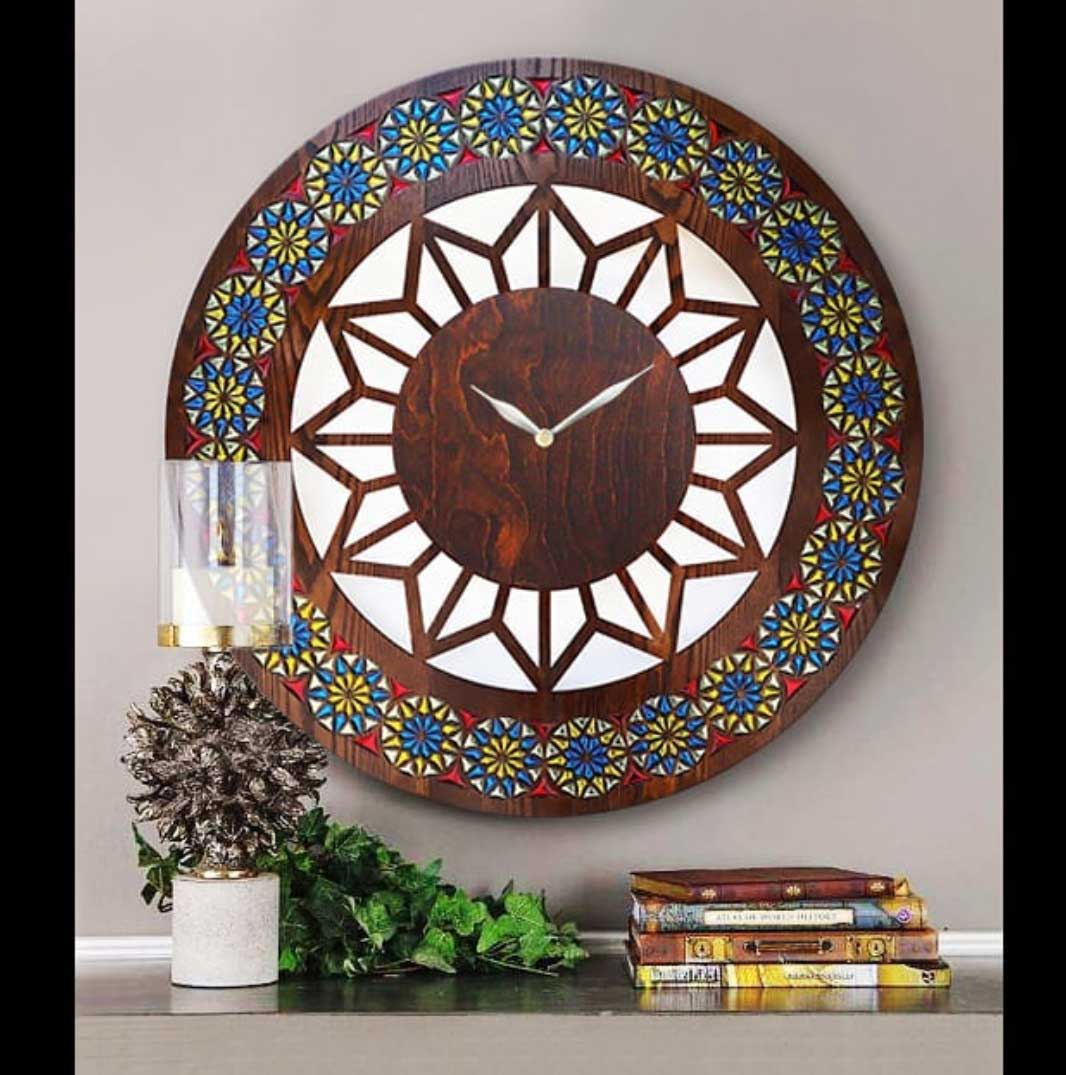
The measurement of time has become a major concern in human life ever since he noticed its passage. By inventing the Iranian clock, humans tried to find a measure for the rapid passage of life, day and night.
Today, people use different types of clocks all over the world, and clocks play an integral role in human life. We determine the time around the world based on Greenwich Mean Time, and each area applies its local time according to its geographical distance from this reference point. The watch we carry shows us the exact hour and minute, synchronized with the world time for that region.
There are different types of clocks. They can also have various designs.
You can choose a wall clock with beautiful designs inspired by Iranian culture and tradition for your home. Alternatively, you can use a simple and minimal clock for your wall. Choosing a wall clock depends on your room’s decoration, arrangement, and colors. Make sure to coordinate the clock style with other items in the room.
If you like traditional objects and have them at home, adding an Iranian clock can complete your collection. Persian clocks with their beautiful designs and colors create a nostalgic atmosphere and show your appreciation for Iranian culture and tradition.
Choosing an Iranian clock in the living room and other components such as a sofa with traditional Persian cushions or Persian curtains and paintings with Iranian culture can be the Persian decoration you are looking for. This type of decoration will give life to your home and will be impressively beautiful. If you are also interested in an Iranian clock for your home, stay with us in this article.
Types of clocks
Iranian clocks are not limited to wall clocks, and you can have Persian watches or desktop clocks at your home or workplace. Placing a clock with an Iranian design in the work environment can also bring you this beautiful culture and tradition and make your decoration more beautiful. In the following, we will learn about the types of Iranian watches.
Wall clock
One common type of Iranian clock is the wall clock. You can find it in various shapes, like squares or circles, with beautiful designs. The size of the wall clock depends on the available space and the height of the wall where you plan to hang it. Note that if you have chosen a large Iranian clock for your reception hall, have enough free space for it.
Avoid choosing a wall clock that is too big for your wall. It can disrupt the room’s balance and look unattractive. Also, ensure the clock’s design and color match other items in the room to create a harmonious decoration.
Desktop clock
Another type of Iranian clock is the desktop type. People usually use the desktop clock on their desk or bedside, but you can also choose a more stylish type to place on the table or niche in the living room. A desktop clock with Iranian designs can be very beautiful. Placing a desktop clock on the desk or next to the bed makes you have a more regular study and sleep time because you can divide your work, study, and sleep by looking at the schedule and each section at the right time.
Watch
Another type of Iranian clock is the watch, which is used by many people today. A beautiful watch can be an important part of your daily style. There are different types of watches, and they can be for formal styles or everyday and sports styles. It is important to note that the watch you use is suitable for your style and do not use a sports watch with your official style. The watch can be made of metal or Persian leather and fabric and can be produced in a variety of colors.
History of the invention of the clock
About 5500 years ago, people in ancient Egypt and Sumer, the southern regions of Mesopotamia—now known as the birthplace of modern civilization—first recognized the importance of measuring time using mechanical instruments.
For thousands of years, people made many types of sun and sand clocks. This knowledge spread throughout the Mediterranean. Then, the Greeks, Romans, and Iranians welcomed this new tool. Each civilization helped develop clockmaking further.
Over the centuries, various instruments were used to measure time. Including candle clocks, lantern clocks, gear clocks, and astronomical clocks, all of which appeared in the 15th and 16th centuries.
Sundials were made in Egypt around the 4th century BC, and the first was a pyramidal clock invented in 3500 BC. At that time, sundials were very popular. To make it easier to measure time, the Egyptians divided the length of the day into 10 equal parts and considered 4 additional parts for the time of the light shadow of the air during sunrise and sunset.
The Evolution of Clocks
The Egyptians engraved multiple signs on the ground, which helped them easily recognize the time of day and even determine the season. However, sundials didn’t work during cloudy days or at night, so people developed new ways to measure time. The ancient Greeks and Romans paid great attention to water clocks until 325 BC they were able to measure time with much more accuracy and precision than before.
The flow of water in the instrument that was used to measure time caused the movement of the clock’s hand and allowed everyone to know the time of day. The first water clock in the world was invented by Plato. Although there have been many advances in the measurement of time, sundials remained popular during the Greek and Roman Empires.
The largest sundial of antiquity was built by Emperor Augustus in 10 BC.
After the Roman Empire fell, people in Iran and China continued to use water clocks, making some changes. A Muslim engineer named Al-Jazari built the most complicated and famous water clock of that era in 1206. In the 6th century, the Chinese began to use candle clocks, and little by little these clocks spread to other regions until they reached the Middle East and Europe in the 13th century.






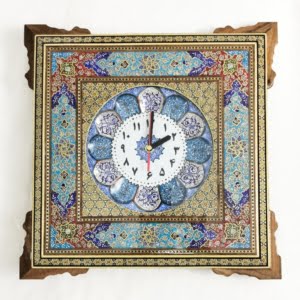
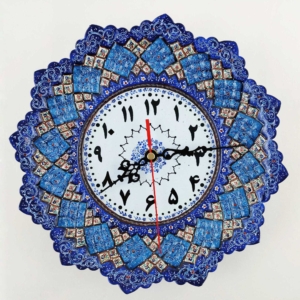
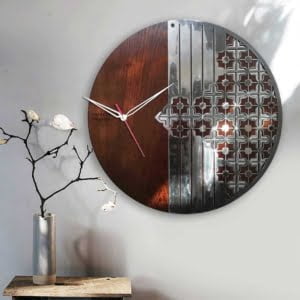
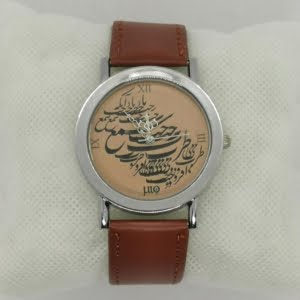
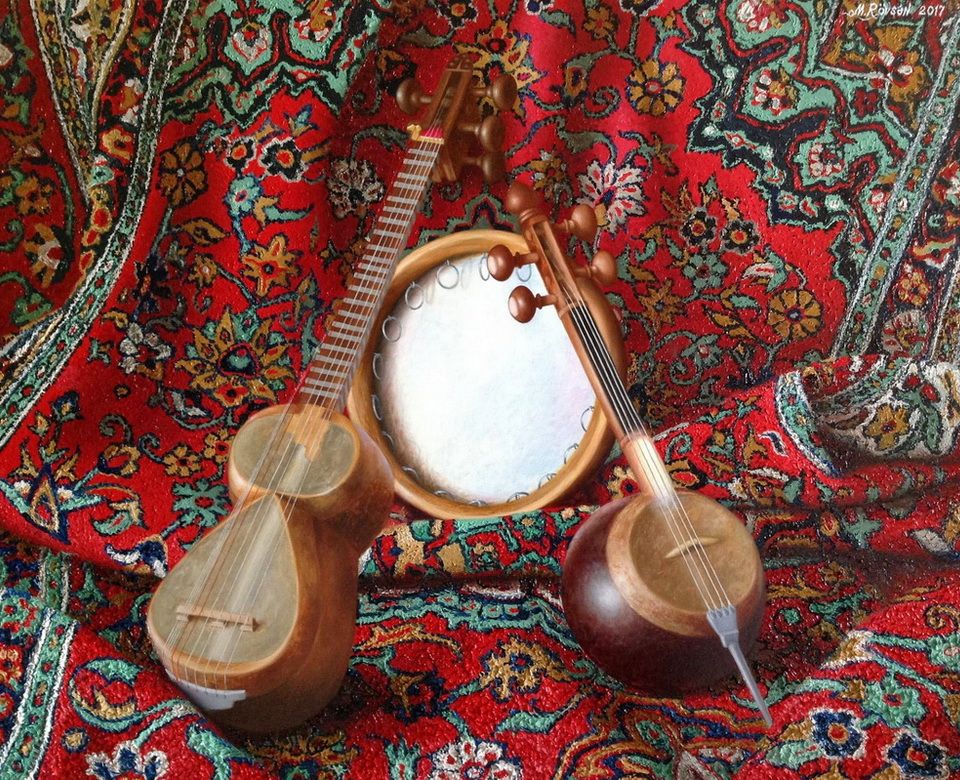
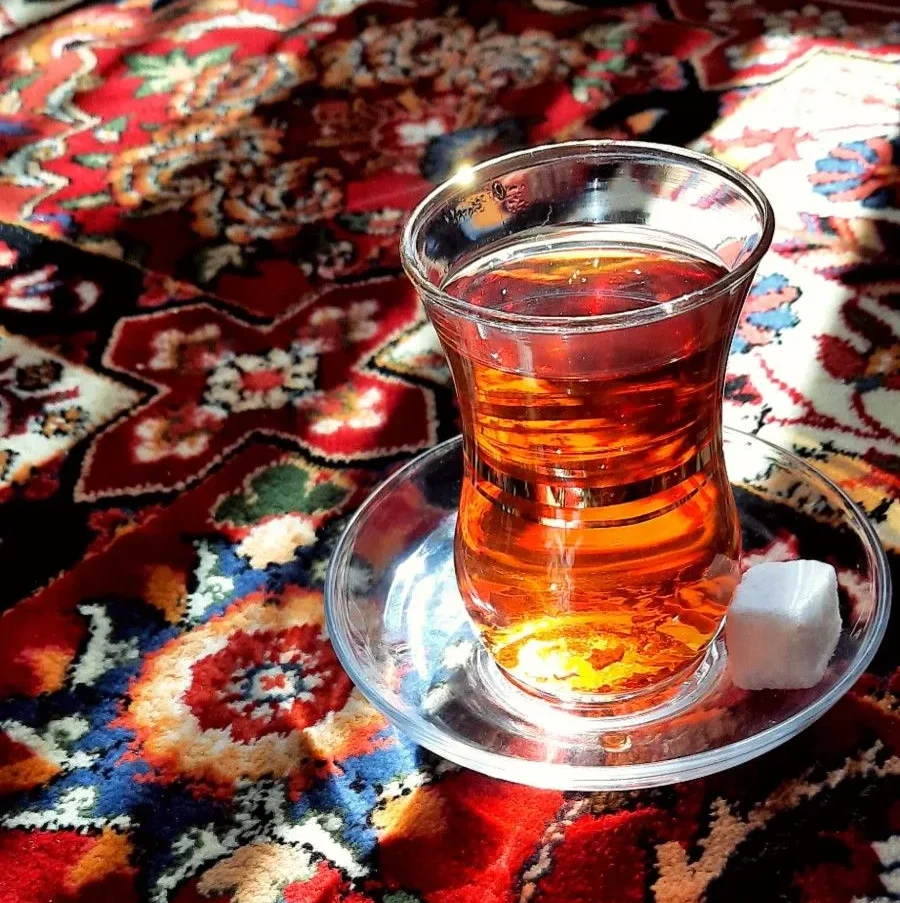

Comments